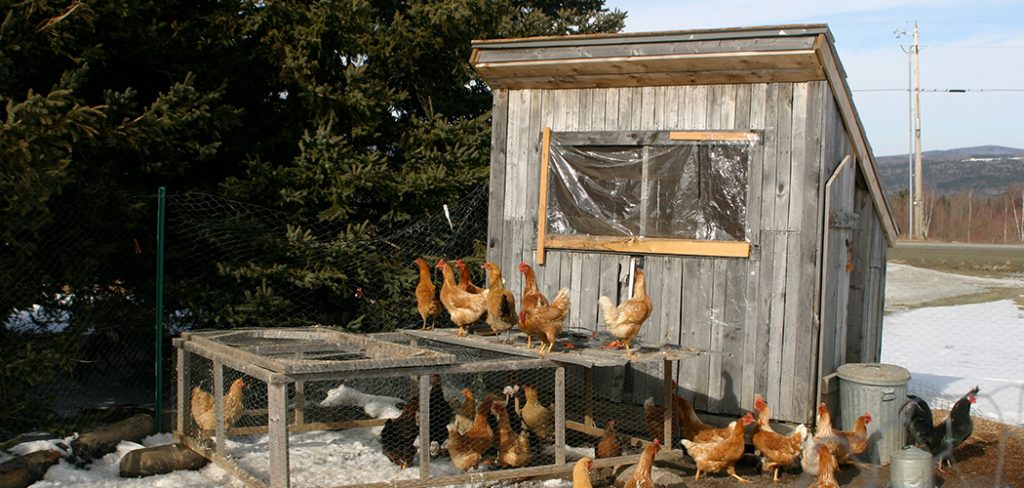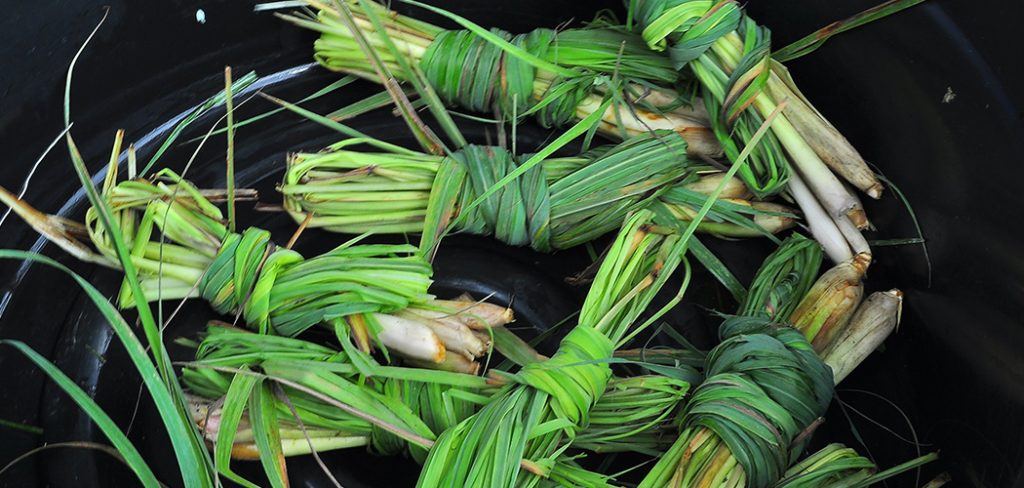Apple trees originated from the countries in Central Asia, and is considered to be one of the most commonly planted trees to date. Apple trees produce one of the all-time favorite fruits, of course, the apple. In fact, because of its long and vast ancestry, apple trees come in more than a thousand different types. They are also a plant in the rose family.
These trees also do not produce their first apple during the first 4 to 5 years that they are planted. Thus, it takes a bit of time from the first day a tree is planted to the time that fruits start to grow from its branches. Having an apple tree has its benefits, especially since it can produce apples that provide numerous health benefits to those that eat it. Learning how to prune old apple trees is considered to be an important skill if you wish to preserve it.
Fact # 1. Pruning Overgrown Apple Trees
Pruning trees like the apple tree is no easy task. In fact, pruning overgrown apple trees is even harder. Pruning requires the skills of being able to determine which branches and portions of the plant to cut off, and which should remain on the apple tree for the time being. This skill is necessary to achieving a healthy and strong apple tree in order to produce the best results. An apple tree can only produce apple fruits an optimal level if the tree itself is healthy. Thus, when an apple tree has become an overgrown apple tree, it becomes necessary to prune it. It is vital that the old apple tree be prune before the branches start to overgrow, since once that happens, the tree will no longer bear fruit and will look very unattractive.
Pruning old trees is best conducted during early March.
Pruning trees near winter can expose it to unnecessary damage. It exposes portions of the tree, which is why the effects of a cold winter can bring more harm than good if the tree had just been pruned prior to the onset of the cold weather. The process must also be done at the right pace, since removing too much of the deadwood can lead to a very unsightly tree; this is because portions of the plant will start to grow at the tips of the branches.
Following this, the tree must be cut using a thinning cut. Avoid cutting the tree from above which produces a heading cut, since heading cuts tend to allow the growth of the tree to concentrate right above the tree, thereby blocking out the sunlight from coming in. Thinning cuts, on the other hand, involves the removal of branches from the joint that connects it to the main branch of the tree. This does not result in the same problems that a heading cut would entail, and allows the tree to continue to grow at a healthy pace. Through thinning cuts, the sunlight and air will be able to flow freely throughout the tree.
Fact #2: After pruning, what’s next? – Restoring old apple trees
When we arrive in a new lot, or encounter a garden with old trees, it can be tempting for any person who loves plants to attempt to restore old apple trees. Restoring old apple trees may seem like a very enticing activity, especially since having your own organic source of one of the most delicious fruits in the world would be better than having to buy the same stuff from the grocery.
One important factor that must be considered before restoring old apple trees is knowing that the trunk and branches of the tree are still healthy, or at least, alive. If not, then being able to restore the old apple tree would be impossible. If the tree does have some life left in it, removing the dead branches and stems would be the first step to restoring it. However, this should be done gradually over the course of a few years, since doing it at such a sudden rate can cause the tree to grow at an excessive rate without producing fruit.
Fact #3 – How to prune a pear tree: Is it any different from apple trees?
Pear trees are also very famous trees, similar to apple trees. Pear trees are large trees that can grow to almost 40 feet. They are also very famous for their life span, with some pear trees reaching lifespans of over a hundred years. Pear trees are originally grown in the continents of Europe and Asia, and should be planted in late winter or early spring.
But is pruning a pear tree any different from pruning an apple tree? The answer on how to prune a pear tree involves pruning it in later winter. For young pear trees, pruning them involves identifying which branches are higher than the main branch. Said branches should be cut off from the tree, while branches lower in height can remain untouched. For pear trees that have more years to them, pruning should be focused on areas where there are fire blight and suckers. These cause diseases to the tree that can eventually kill them. Thus, removing dead and unwanted branches or parts of the tree are essential for the upkeep of its health.
Conclusion
Apple trees are often a site to behold, and even more so, an old apple tree. Learning how to prune old apple trees is an important thing to consider if you want to maintain the old apple tree in the garden you just bought, or if you want to start planting your own apple tree. By being able to remove the unwanted parts of a tree, you will be able to help trees produce more fruit and grow at a healthy rate.
Apple trees can also be a good source of shade, owing to the size at which they grow. Let’s not forget the fruit that it bears as well, since apples are a good source of vitamins, such as Vitamin A, Vitamin B1, Vitamin B2 among others. They also provide numerous benefits, such as asthma control and improvements in diabetes. Aside from being a very healthy and beneficial fruit, they also taste sweet and juicy!

